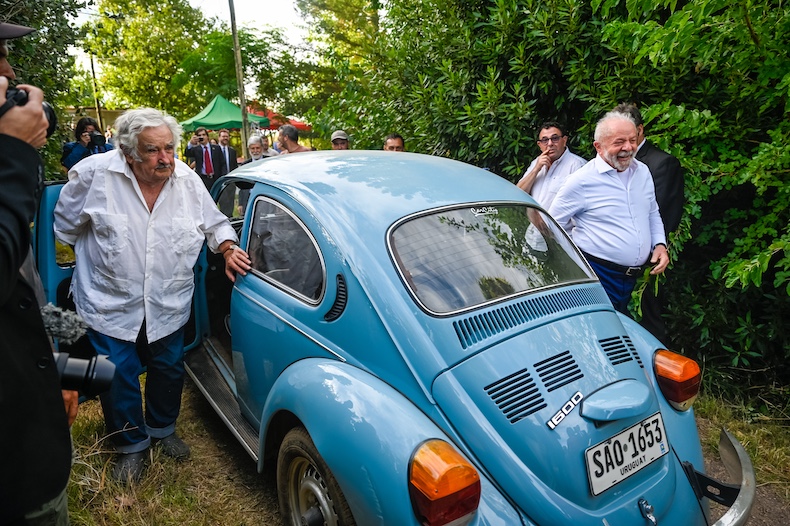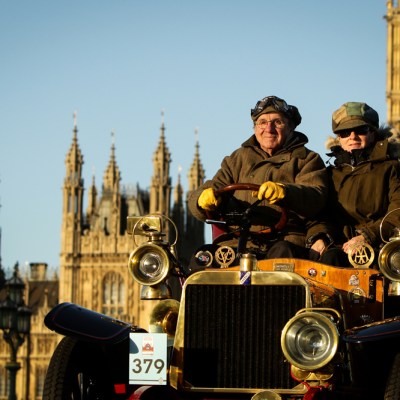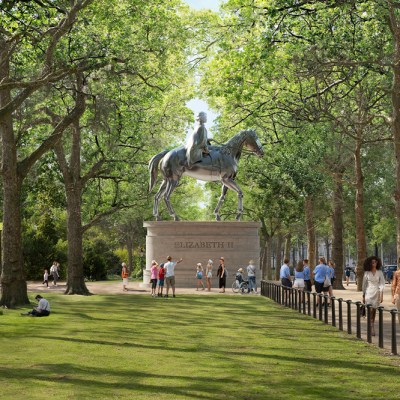Queen Elizabeth II was quite the petrol-head. Sir Sherald Cowper-Cowles, a former British ambassador to Saudi Arabia has told the excellent story about a visit in 2003 from then Crown Prince Abdullah to Balmoral, during which the Queen offered to show him round the grounds. Apparently the crown prince was shocked when, having agreed to the tour, the Queen herself climbed into the driver’s seat. ‘His nervousness only increased as the Queen, an Army driver in wartime, accelerated the Land Rover along the narrow Scottish estate roads, talking all the time. Through his interpreter, the Crown Prince implored the Queen to slow down and concentrate on the road ahead’. It’s the kind of behaviour that would in some circumstances result in three points on your licence. Lucky, then, that the monarch is the only person in the UK who doesn’t need a licence to drive, since all licences are issued in their name.
This week came the news that a Range Rover L322 that between 2006 and 2008 was owned by the late Queen herself is coming up for auction at the Silverstone Festival later this month, at an estimate of £50,000–£70,000. According to the listing published by Iconic Auctioneers, Her Late Majesty’s vehicle was finished in the ‘traditional Royal Household shade of Tonga Green’, with a ‘Oxford sand leather interior and extended burr walnut trim’. This sleek design, paired with the might of the car’s supercharged 4.2-litre V8 engine, delivers ‘powerful yet dignified performance befitting its Royal duties’.
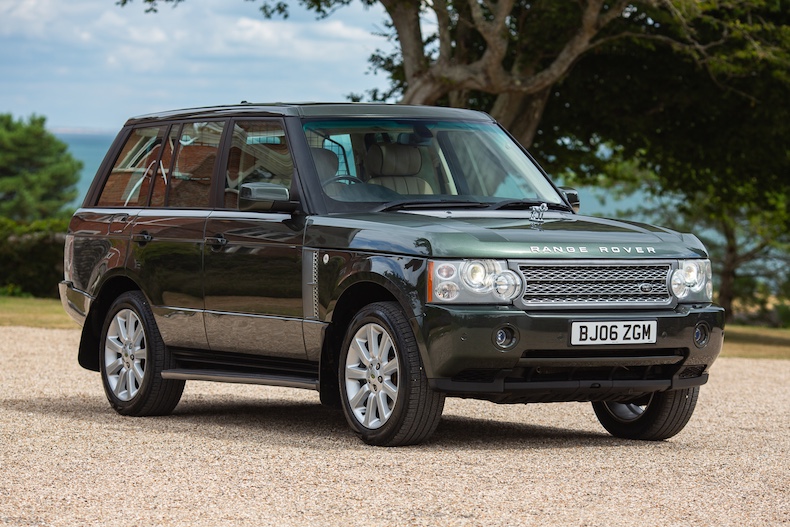
How a car can give ‘dignified’ performance slightly escapes your roving correspondent, but there are many reasons why interested parties should think about splashing out. For one, it’s an insight into how the other half live, as this particular Range Rover was pimped out with a dog guard for the royal corgis, bespoke side steps for easy access, a mass of secretive security wiring under the bonnet and inside the car, and mud flaps. Rakewell would, however, pay the asking price for one specific piece of the car alone: the hood ornament, an exquisite custom-made silver sculpture of a labrador clutching a pheasant in its mouth. What that says about the royal family your roving correspondent would not care to speculate.
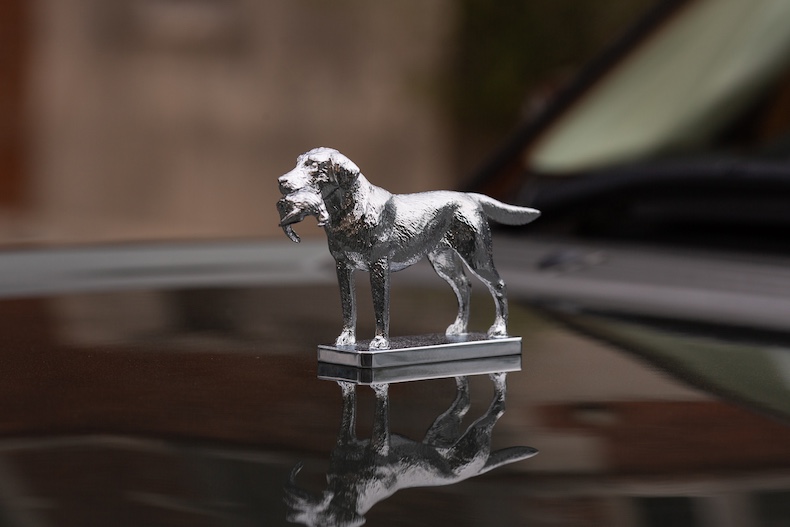
Cars, it turns out, have more cultural cachet than you might think. Rakewell was surprised to learn that one of the most famous cars in history – the 1961 Lincoln Continental in which John F. Kennedy died on November 22, 1963 – is on public display, at the Henry Ford Museum in Michigan. Even more shocking is the fact that, after JFK’s assassination, the car was refurbished and fitted with armour plating to the tune of $500,000 and then put back into the service, where it remained until 1977, in a mind-boggling instance of the sunk-cost fallacy.
We are used to seeing heads of state driving around in souped-up, armour-plated, tinted-glass monstrosities. The US presidential Cadillac, for instance, which is nicknamed ‘The Beast’, is decked out with bullet-proof materials, panic buttons, kevlar tyres, tear gas cannons and, most morbidly of all, a fridge stocked with a supply of blood, in case of a medical emergency. A special mention, then, must go to the late José Mujica, president of Uruguay from 2010–15, who eschewed bells and whistles and chose instead to drive around in his blue 1987 Volkswagen Beetle, a decision that, as with Pope Francis’s basic Ford Focus, was a symbol of his rejection of material wealth. Mujica told journalists in 2014 that someone had offered to buy his Beetle for $1m, which he refused. The Queen’s Range Rover, which is expected to fetch less than a tenth of that, may be more valuable in terms of quality, performance, engineering and comfort, but it’s hard to compete with a 20th-century design classic.
